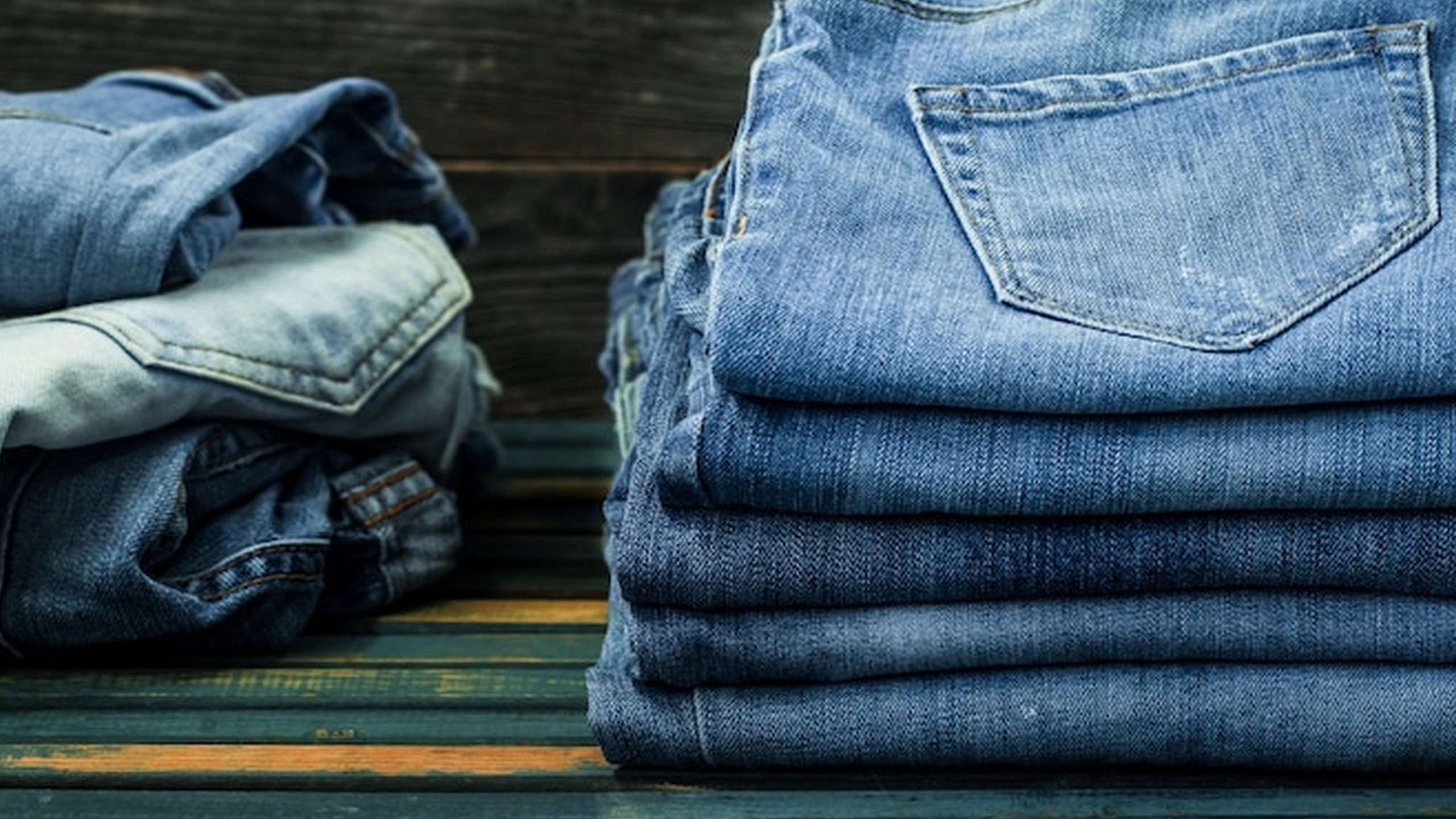 Indigo dyeing, a linchpin of denim production, has long veiled its water footprint in secrecy. But a groundbreaking study by the Transformers Foundation has shattered the industry's opaque practices. Revealing startling disparities in water usage between rope and slasher dyeing methods, the report underscores the urgent need for standardized benchmarks in sustainable manufacturing. As global regulations tighten around green claims, the study's findings serve as a wake-up call for stakeholders to embrace transparency and measurable data in their pursuit of environmental stewardship.
Indigo dyeing, a linchpin of denim production, has long veiled its water footprint in secrecy. But a groundbreaking study by the Transformers Foundation has shattered the industry's opaque practices. Revealing startling disparities in water usage between rope and slasher dyeing methods, the report underscores the urgent need for standardized benchmarks in sustainable manufacturing. As global regulations tighten around green claims, the study's findings serve as a wake-up call for stakeholders to embrace transparency and measurable data in their pursuit of environmental stewardship.
Water Usage Disparities in Indigo Dyeing Methods
The study by the Transformers Foundation sheds light on the significant differences in water consumption between rope and slasher dyeing methods in denim production. While both methods are essential in the industry, the report highlights that rope dyeing tends to use more water due to the intricate cleaning process required for the ropes. This finding underscores the need for companies like Advance Denim and Diamond Denim to reevaluate their dyeing processes to enhance efficiency and reduce water wastage. By adopting best practices recommended in the study, such as optimizing water usage to as low as 3.85 L/kg for rope dyeing, these companies can not only improve their environmental footprint but also potentially cut down on operational costs associated with water consumption.
The data presented in the study also emphasizes the importance of standardizing water usage benchmarks across mills. With the involvement of companies like Crescent Bahuman and Bluesign in providing technical oversight, the industry can work towards establishing common parameters for evaluating water consumption during the dyeing process. This collaboration is crucial in promoting transparency and comparability among different denim manufacturers, enabling them to track their progress in reducing water usage and aligning with sustainable practices. As regulatory pressures increase globally, companies that proactively address water sustainability issues, guided by verified data and traceable sourcing, are likely to gain a competitive edge and enhance their reputation as responsible corporate citizens.
Indigo Efficiency and Environmental Impact
The study not only delves into water consumption but also touches upon the efficiency of indigo usage in the dyeing process. It suggests that rope dyeing should aim for an indigo efficiency of 93-95%, while slasher dyeing should target 85-94%. This data presents an opportunity for companies like Advance Denim and Diamond Denim to optimize their dyeing processes to minimize indigo wastage and improve resource efficiency. By fine-tuning their operations to achieve higher indigo retention rates, these companies can not only reduce their environmental impact but also enhance the quality and sustainability of their denim products. Moreover, the study's findings underscore the importance of continuous innovation and process optimization in the denim industry to align with evolving ESG goals and consumer preferences.
The emphasis on indigo efficiency and environmental impact in the study aligns with the broader industry trend towards sustainable manufacturing practices. Companies such as Crescent Bahuman are at the forefront of this movement, actively participating in research initiatives like the one conducted by the Transformers Foundation. By collaborating with industry peers and stakeholders, these companies can collectively drive innovation and knowledge-sharing to advance sustainability in denim production. The study serves as a catalyst for companies to rethink their traditional approaches to indigo dyeing, encouraging them to explore more eco-friendly alternatives and technologies that can further reduce the environmental footprint of their operations.
Conclusion
The groundbreaking study by the Transformers Foundation has unveiled the stark water usage discrepancies in indigo dyeing methods, urging denim manufacturers like Advance Denim and Diamond Denim to prioritize efficiency and sustainability. As the industry navigates towards standardized benchmarks and transparency, collaboration with leaders like Crescent Bahuman and Bluesign is paramount. Embracing innovation and eco-friendly practices is not just a choice but a strategic imperative in enhancing environmental stewardship and securing a competitive edge. Let this study serve as a clarion call for all stakeholders to reevaluate their processes, embrace measurable data, and pave the way for a more sustainable future in denim production.